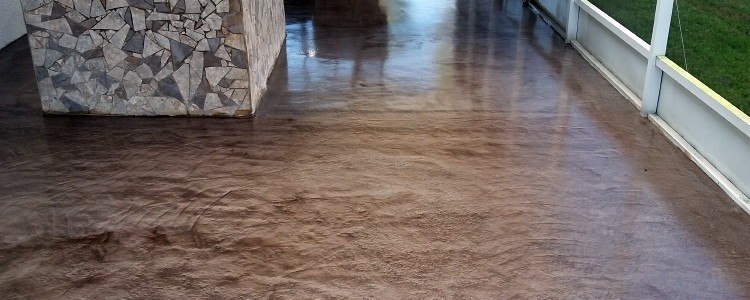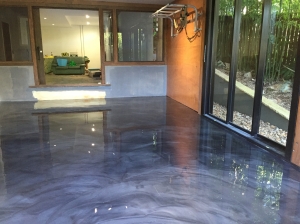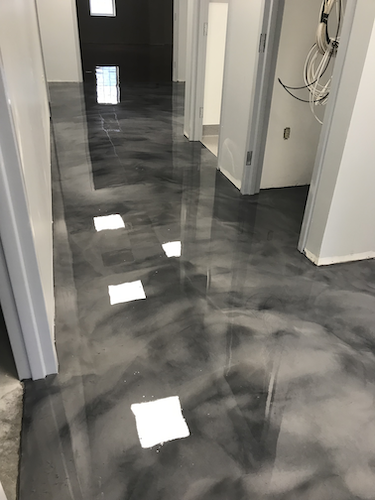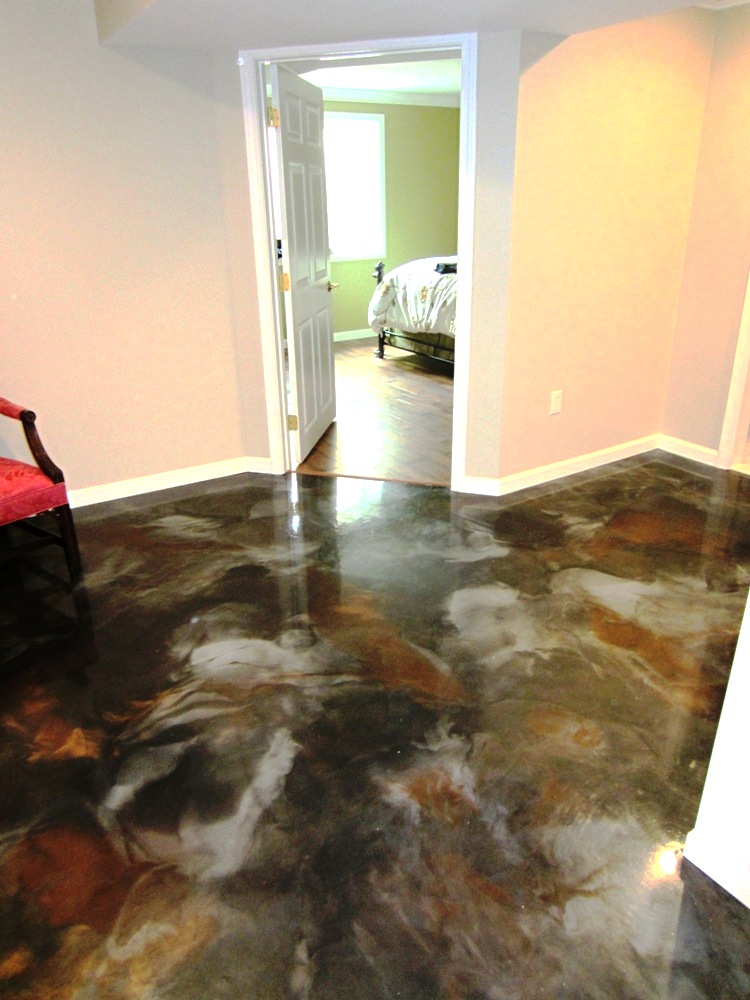Are you looking for a way to enhance the aesthetics and durability of your floors? Decorative epoxy floor coating might just be the answer. With its stunning visual appeal and outstanding resilience, epoxy flooring has gained immense popularity in both residential and commercial spaces. In this article, we’ll explore everything you need to know about decorative epoxy floor coating—from its benefits and application techniques to tips for maintenance and comparisons with other flooring options.
What is Decorative Epoxy Floor Coating?
Decorative epoxy floor coating is a resin-based flooring solution that involves applying a mixture of epoxy resin and hardener to create a durable and visually appealing surface. This type of flooring is known for its high gloss finish, versatility in design, and resistance to wear and tear.
Benefits of Decorative Epoxy Floor Coating
1. Durability
One of the standout features of epoxy flooring is its extraordinary durability. It can withstand heavy foot traffic, resist scratches, and is immune to many chemical spills, making it an ideal choice for garages, warehouses, and commercial spaces.
2. Aesthetic Appeal
Epoxy coatings come in a wide array of colors and finishes, allowing you to customize the look of your space. From metallic finishes to decorative flakes, the possibilities are endless.
3. Easy Maintenance
Cleaning epoxy floors is a breeze. A simple sweep and mop will keep your floors looking brand new. Plus, their seamless surface minimizes grime accumulation.

4. Cost-Effectiveness
While the initial installation cost may be higher than some other flooring types, the longevity and low maintenance costs of epoxy flooring make it a cost-effective investment in the long run.
5. Safety Features
Epoxy coatings can be formulated to be slip-resistant, making them safer for use in areas prone to moisture, like kitchens or bathrooms.

How is Epoxy Floor Coating Applied?
Step-by-Step Application Process
- Surface Preparation: Properly prepare the concrete surface by cleaning it and repairing any cracks or imperfections.
- Primer Application: Apply an epoxy primer to enhance the adhesion of the decorative epoxy coating.
- Base Coat: Once the primer is dry, apply a base coat of epoxy resin. This forms the foundation for your decorative finish.
- Decorative Layer: Incorporate your chosen decorative elements, such as color flakes or metallic pigments, into the wet epoxy.
- Top Coat: Apply a clear top coat for added durability and shine.
- Curing: Allow the epoxy to cure for at least 24 hours (or as recommended by the manufacturer) before use.
Comparison with Other Flooring Options
When considering flooring options, it’s important to compare decorative epoxy with other materials. Below is a comparison table highlighting key features and benefits.

| Feature | Decorative Epoxy | Vinyl | Tile | Carpet |
|---|---|---|---|---|
| Durability | Excellent | Good | Good | Fair |
| Aesthetic Options | High | Moderate | High | Low |
| Maintenance | Easy | Easy | Moderate | Difficult |
| Cost | Moderate | Low | High | Low |
| Installation Time | Long | Short | Long | Short |
Ready to Install? Here’s What You Need to Know
1. Choosing the Right Contractor
Finding a reputable contractor who specializes in epoxy flooring is vital. Look for reviews, ask for references, and check their portfolio to ensure quality workmanship.

2. Epoxy Coating Types
Understanding the different types of epoxy coatings can help you make an informed decision. Some popular options include:
- Solid Color Epoxy: A single color for a sleek and modern finish.
- Metallic Epoxy: Creates a high-gloss, metallic look.
- Flake Epoxy: Incorporates decorative chips for a unique finish.
3. Cost Factors
The cost of installing decorative epoxy flooring can vary widely based on several factors, including:
- Size of the area
- Type of epoxy used
- Preparation requirements
- Labor costs

Maintenance Tips for Decorative Epoxy Floors
1. Regular Cleaning
To keep your epoxy flooring looking its best, sweep regularly and use a pH-neutral cleaner as needed.
2. Avoid Harsh Chemicals
Be cautious with chemical products that can damage the epoxy finish. Stick to gentle cleaning solutions.

3. Address Chips and Cracks Promptly
Inspect your flooring regularly and repair any chips or cracks immediately to prevent further damage.
Pros and Cons of Decorative Epoxy Floor Coating
Pros
- Highly durable and long-lasting
- Resistance to chemicals and stains
- Wide range of design options
- Low maintenance requirements
- Eco-friendly options available

Cons
- Can be expensive to install
- Requires a professionally prepared base surface
- Initial odor during installation
- May become slippery when wet (but can be treated)
Frequently Asked Questions (FAQs)
1. How long does decorative epoxy flooring last?
With proper care, decorative epoxy flooring can last 10-20 years, depending on the usage and maintenance.
2. Is epoxy flooring safe for homes with pets?
Yes, epoxy flooring is safe for pets, and its durability makes it resistant to scratches from pet claws.
3. Can I install epoxy flooring myself?
While DIY installation is possible, it requires expertise in surface preparation and mixing ratios. Hiring a professional is recommended for optimal results.
4. What is the drying time for epoxy flooring?
Drying time varies, but generally, you should allow at least 24 hours before walking on it and 72 hours before heavy use.
Conclusion
Decorative epoxy floor coating is a fantastic way to enhance both the beauty and functionality of your floors. With its numerous benefits, including durability, aesthetic flexibility, and easy maintenance, it’s no wonder many homeowners and businesses are making the switch. As you consider this investment, remember to weigh the pros and cons, explore various design options, and choose a trusted contractor to ensure a smooth installation process. Your beautiful, long-lasting floors are just a coat away!